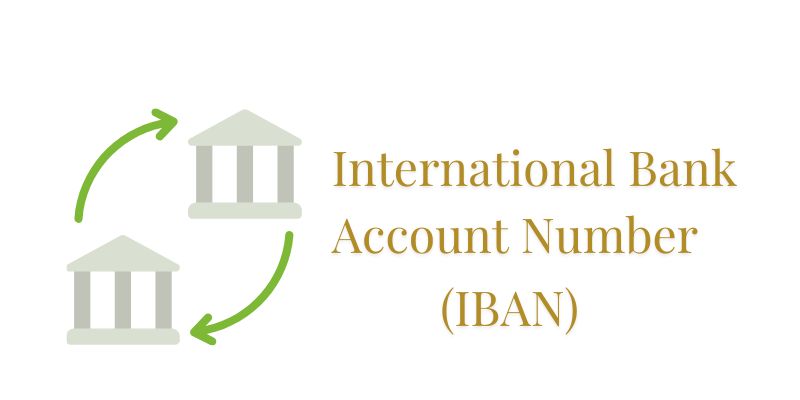Bona Fide Error, a term often encountered in legal and professional contexts, addresses honest mistakes made despite best efforts. It's a vital concept to acknowledge that errors, devoid of fraudulent intent, can still occur despite diligent care. Serving as a defense mechanism, Bona Fide Error can mitigate repercussions in legal matters, highlighting the significance of good faith, reasonable care, and swift correction.
Real-life examples across industries illustrate its application, emphasizing the need for understanding and managing such situations effectively. This article delves into the essence of Bona Fide Error, its operational dynamics, and practical considerations for navigating associated challenges.
What is a Bona Fide Error?
Bona Fide Error refers to a mistake or error that is made in good faith, without any fraudulent intent. In simpler terms, it's an honest error made despite exercising reasonable care and diligence. This legal principle acknowledges that errors can occur despite best efforts to prevent them.
How Does Bona Fide Error Work?
Bona Fide Error serves as a legal safeguard, functioning as a defense mechanism in situations where mistakes occur despite reasonable care. In cases involving negligence or liability, this principle can play a pivotal role in mitigating or absolving the responsible party from certain consequences. Here's a detailed breakdown of how Bona Fide Error operates:
Good Faith
Central to the concept of Bona Fide Error is the requirement of good faith. This means that the error must be made honestly, without any fraudulent intent. To establish good faith, the party responsible for the error must demonstrate that their actions were sincere and genuine and that there was no intention to deceive or commit fraud.
Reasonable Care
Even if there's a mistake, the party needs to show they were careful and diligent in what they did. This entails taking appropriate precautions and following established procedures to minimize the risk of errors. It requires the party to implement measures that a prudent person in a similar situation would undertake to prevent errors from happening.
Prompt Correction
Upon discovering the error, the responsible party must take prompt and appropriate measures to rectify it. This involves acknowledging the mistake, notifying any affected parties, and taking corrective action swiftly. Prompt correction demonstrates a commitment to addressing the error responsibly and minimizing any potential harm or consequences.
Examples of Bona Fide Error
To understand how Bona Fide Error operates in real-life situations, let's consider some examples:
Banking Errors

A bank accidentally deposits funds into the wrong account due to a clerical error. Upon realizing the mistake, the bank promptly notifies the customer and rectifies the error by transferring the funds to the correct account. In this case, the error was made in good faith, and the bank took reasonable steps to correct it, thus invoking the defense of Bona Fide Error.
Medical Malpractice
A healthcare provider misinterprets a patient's medical history, leading to a medication error. However, upon discovering the mistake, the provider immediately notifies the patient, adjusts the treatment plan, and implements additional safeguards to prevent similar errors in the future. Despite the error, the provider's actions demonstrate good faith and reasonable care, potentially mitigating liability through the defense of Bona Fide Error.
Contractual Errors
In a business contract, a typographical error leads to a misunderstanding between the parties involved. Upon mutual discovery of the error, both parties promptly negotiate a correction and amend the contract to accurately reflect their intentions. Despite the initial error, the parties' willingness to rectify the mistake in good faith exemplifies the principle of Bona Fide Error.
Legal Proceedings
During a court proceeding, an attorney inadvertently submits incorrect evidence due to a clerical oversight. Upon realizing the error, the attorney promptly notifies the court, withdraws the erroneous evidence, and requests permission to submit the correct evidence. The attorney's actions demonstrate good faith and prompt correction, strengthening the defense of Bona Fide Error in the legal context.
In each of these examples, the common thread is the presence of an honest mistake followed by prompt and appropriate measures to rectify the error. Bona Fide Error serves as a legal safeguard, recognizing that errors can occur despite best efforts but also emphasizing the importance of accountability and corrective action.
Key Considerations in Bona Fide Error Cases
When dealing with Bona Fide Error situations, certain key considerations come into play, shaping the outcome and implications of the error. Here are some important factors to keep in mind:
Documentation and Record-keeping
Maintaining accurate records and documentation is crucial in demonstrating good faith and reasonable care. Clear documentation of procedures followed, actions taken upon discovering the error, and efforts to rectify it can strengthen the defense of Bona Fide Error.
Training and Education
Investing in training and education for relevant personnel can help minimize the occurrence of errors. By ensuring that individuals are knowledgeable about applicable laws, regulations, and best practices, organizations can reduce the risk of mistakes and enhance their ability to invoke the defense of Bona Fide Error when necessary.
Risk Assessment and Mitigation

Conducting regular risk assessments and implementing appropriate risk mitigation strategies can help identify potential areas of vulnerability and prevent errors from occurring. By proactively addressing risks and implementing preventive measures, organizations can reduce the likelihood of Bona Fide Errors and mitigate their impact if they do occur.
Legal Counsel and Guidance
Seeking legal counsel and guidance from qualified professionals can provide invaluable support in navigating Bona Fide Error cases. Legal experts can evaluate the situation, offer advice on the best course of action, and assist in following the necessary laws and regulations to reduce the chance of facing legal consequences.
Conclusion
Understanding Bona Fide Error is indispensable in legal and professional spheres, recognizing the possibility of honest mistakes despite diligent efforts. Real-life examples underscore its significance, emphasizing accountability and swift correction. Key considerations, including documentation and legal counsel, are vital for effectively managing such situations. Ultimately, embracing these principles fosters integrity, trust, and resilience in navigating challenges arising from Bona Fide Errors.




